So, I’ve taken a lot of time over the past couple of months to fly both the DJI Mavic 3 Pro and the DJI Air 3 to try to figure out which one is better, considering everything—the camera, the airframe, the feature set, the price point. I’ve concluded that you really can’t go wrong buying either of these drones, which makes this comparison video very difficult to make. What I find interesting is that the Air 3 helps us imagine what a potential DJI Mavic 4 could look like. I know it probably sounds crazy discussing a potential new drone right off the bat, but seriously, some things about this drone give us a good understanding of what to expect potentially.
Comparing the DJI Air 3 and Mavic 3 Pro
The first thing is the size. The DJI Air 3 is not much smaller than the Mavic 3‘s airframe, which is surprising considering this is DJI’s mid-tier entry in their foldable drone lineup. This is definitely the biggest Air they’ve released yet. Just look at the size difference between the very first DJI Mavic Air and now the new DJI Air 3. This is all for the better, as this drone has become far more capable with a better camera, better battery life, and better flight performance. But for all these improvements to happen, the drone’s size needed to be larger.

So now that the size between these two drones is fairly similar, I’d imagine that a next-generation Mavic, whatever it might be called—let’s say a DJI Mavic 4 for the sake of this video—would need to be larger, right? To accommodate a better camera, better performance, better specs, better flight time, and everything else that would come as a result of having a generally larger drone.
Another area where big improvements must be made is the camera, because the Air 3 is putting some serious pressure on the Mavic 3 Pro with a similar dual-camera design. There are even some areas where the Air 3 surpasses the Mavic 3, like its transmission system and flight performance.

This is typical of a drone release cycle, or really any technology release cycle, for that matter. Whenever the higher-end offering—in this case, the Mavic 3—is older than the newer offering that falls lower in the lineup—which in this case is the Air 3—there’s bound to be areas where the lower-end offering has improved upon, because technology has gotten better over time since that higher-end offering has come out, thus putting pressure on the higher-end option.
This is really what makes this comparison so hard, because even though the Air 3 is cheaper and better in a lot of regards, the Mavic 3 still exists and still is a good drone for its age. So, maybe a good place to start is comparing these two drones pound-for-pound on paper, starting with the actual aircraft itself. The specs, from the flight time to the flight performance, are so damn close, and I’d say that it actually leans in favor of the Air 3. The areas that matter most, like the flight time and speed, are pretty much exactly the same, and the Air 3 beats out the Mavic 3 in every regard when it comes to the range and transmission system.
The Air 3 was the first drone from DJI to incorporate their new O4 transmission system, which gives you a ton of range, and I would know. I pushed this thing to over 12 miles out in the Salt Flats. But that maximum range really isn’t what we’re worried about. It might be a nice marketing tactic to say, ‘Hey, this drone can fly 15 miles or 18 miles or however far you want to say that it can fly,’ but really, what’s important is how strong that signal is at close distances, and the Air 3 has gotten a massive upgrade over the Mavic 3 because of the four antennas built-in. So now, with O4, the new protocol calls for four antennas on the drone and six antennas on the remote controller, compared to the two antennas in O3 on the Mavic 3 and the four antennas in the remote controller. So, you have more antennas, giving you a much better signal at closer distances.

The flight performance on the Air 3 also makes the Mavic 3 feel like a kid’s toy, and that isn’t an exaggeration. Whenever I jump between drones, I’m always amazed at how quick the Air 3 is. The horizontal speed is the same between the DJI Mavic 3 and the Air 3, but the vertical speed is ridiculously fast. Like, you can dive down to the ground or ascend at such a quicker pace, making this drone feel so much more powerful.
So, drone-wise, in terms of the actual aircraft itself, the Air 3 beats out the Mavic 3 in a lot of categories. It’s even, but the Air 3 surpasses what the Mavic 3 can do in certain areas. There are really only two differences from a hardware standpoint about the Mavic 3 that are worth pointing out.
- So, the first is the two extra obstacle avoidance sensors on the top, but these are the old hardware style, so I’m not sure how much they actually contribute to helping avoid obstacles.
- While the other is the extra auxiliary LED on the bottom. So, it’s made up of two LEDs instead of the single light on the bottom of the Air 3.
So, with that said, I think that the Air 3 is the clear winner from an aircraft standpoint. I think it’s kind of surprising that DJI came out with the Air 3 as their mid-tier drone offering. It’s a fraction of the cost of the Mavic 3, and they made it better in almost every regard. The flight performance, the transmission, the flight characteristics, the flight time, literally everything has been improved, which again is surprising. But that is only half the story, as now we’re going to move into where I believe the Mavic 3 Pro pulls ahead with the lead, and that is the camera, where it pretty much beats out the Air 3 in every regard.

DJI Mavic 3 Pro Cameras have the Upper Hand
Okay, so just like we did with the specs for the drone itself, let’s first compare these two cameras pound-for-pound. There are a lot of specs on this sheet that are very similar, like image resolution and frame rate options, amongst a few other things. But the main difference is the size of the sensor. The 4/3 camera is really what separates the Mavic 3 Series in general, putting it in a class of its own. Like, there are not many other drones, let alone full foldable ones, rocking a sensor this big.
The Air 3 does, however, have a few tricks up its sleeve, like the 48-megapixel main camera using the quad-bayer sensor. So, the photos are technically captured in a higher resolution than what you would get on any of the Mavic 3 drones. But the technology used to achieve this doesn’t beat out the true 20-megapixel 4/3 sensor on the Mavic 3.

Where the Mavic 3’s camera really shines is when you see the photos and videos actually captured from it because, after having been out for a year and a half, it is still one of the best aerial cameras available, period.
Now, it doesn’t mean that the Air 3 isn’t good because this camera will still get the job done, but I can’t fathom how good the Mavic 3’s camera is. I think back to all the places I’ve brought my Mavic 3 Pro over the course of 2022 and 2023, and I can’t help but smile at the video and photos I’ve captured with it. It’s a great experience to shoot with, and it produces images that are perfect, in my opinion, in terms of dynamic range, colors, and sharpness—everything is tuned to the perfect degree.

The Air 3‘s camera is still phenomenal, don’t get me wrong. There was a period of time when the Mavic 3 Pro sat on the shelf in my studio while the Air 3 got all of the love, and in that time, I never felt like I was wishing that I had the Mavic 3 Pro instead.
This is that vacuum effect that I always talk about, though. By itself, the Air looks great, but up against the drone like the Mavic 3, you begin to see why this is a more expensive option because the camera is just straight-up nasty.

Now, let’s discuss the other cameras, because that’s a big thing that makes these drones so good. I love the ability to switch over to the 70mm focal length with the press of a button, and having that compression on a drone is a serious game-changer. I love using it to get a different feel in the tracking landscape and cityscape shots that I’m able to get. Fun fact: the 70mm medium tele camera is the same between both of these drones, with the same sensor and specs. So, really, the only difference in camera is the main sensor.
We do, however, have to address the elephant in the room, and that is the triple camera setup on the Mavic 3 Pro, adding the tele camera, which I have mixed feelings about. So, this gives you a whopping 166mm equivalent focal length, which is just insane to use on a drone. Now, I don’t shoot much video with it because it’s kind of difficult to keep stable, With this tight of a field of view, any minor movement is amplified on the drone, especially in windy conditions. I do, however, love using it for photography. It allows for such unique angles and is actually a ton of fun to shoot with. Again, it’s not something that I’m going to use every single day, but I’m happy that I have it, and it’s another reason why I reach for my Mavic 3 Pro, usually over the Air 3.

So, I could literally sit here for hours and talk about the camera and show you example photos and videos. I’ve actually got a good amount of scenic videos captured with these drones here on my channel. The one that stands out the most was from my trip up to Tofino in British Columbia on Vancouver Island. I brought the DJI Mavic 3 Pro, the DJI Air 3, and the DJI Mini 4 Pro on the trip, and I made one video that’s about seven minutes long with clips taken from all three of those drones. And, don’t you know, that after a couple of months gone by, I can’t remember which drones I used to shoot which clips, and they all look the same to me, right? So, at the end of the day, I talk about how good the Mavic 3 Pro‘s camera is, but once you color grade it and once you put it up on YouTube, it really all just looks the same.
With that said, though, I still do have to say the Mavic 3 Pro‘s camera is superior to the DJI Air 3, but it just goes to show you that no matter which drone you use, if you can use it properly, you can get some great photos and videos from it.
Wrapping up the comparison between the Mavic 3 Pro and Air 3
Now, the final thing I’d love to discuss here in my videos is the feature set between drones and compare them. But really, the feature set between these drones is exactly identical. They both have waypoints, they both have cruise control, they both have the same active track and autonomous flight modes.
The only thing that the Mavic 3 Series has that I find to be an absolute game-changing feature is Vision Assist. This is a fairly new feature that allows you to actually see through the obstacle avoidance cameras. This is really helpful because when I’m tracking beside an object or doing an orbit with my camera focused on a subject that is not in the direction my drone is moving, I can use that little window in the bottom left corner to see what is directly beside my drone. This has seriously changed the way that I capture shots as I feel way more comfortable when flying laterally.

So, aircraft-wise, the Air 3 is the winner; camera-wise, the Mavic 3 Pro is the winner. So, in my opinion, this comparison comes to a draw, which makes it so difficult to compare these drones. I guess my advice to you, if you’re trying to figure out which of these is right for you: if you really care about the performance of your drone, go with the Air 3. But if you think that camera quality is your utmost important thing, then go with the Mavic 3 Pro because it does have the better camera system overall.
I am just so excited about the release of the Air 3 because it pushes so hard on the Mavic 3’s heels that the Mavic 4 or whatever the next Mavic drone is needs to be something really special to stand out. Who knows when we’ll see it? I mean, this drone is coming up on about 2 years old, so maybe a couple of months from now, maybe a year from now. Who knows with DJI’s wacky release cycles?
But nonetheless, this is a great time to be a drone flyer because we have so many great options, not only the Mavic 3 Pro and the Air 3, but the Mini 4 Pro is also a great option. Anyway, thank you guys so much for watching.
Let me know your thoughts on these two drones down below in the comments. And as always, I’ll talk to you later. Peace.
Photo credits: Billy Kyle
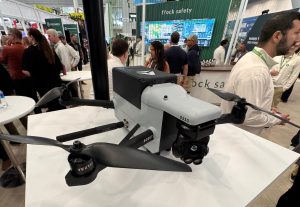

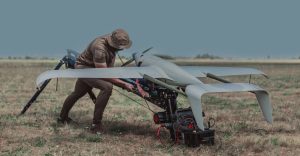
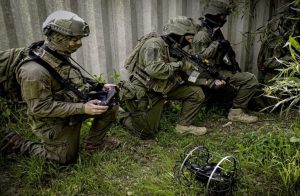
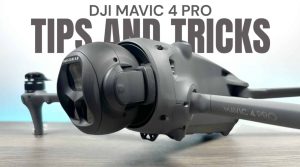
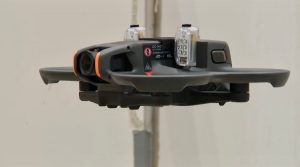
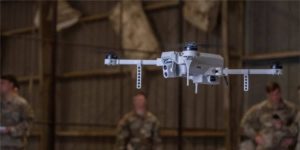
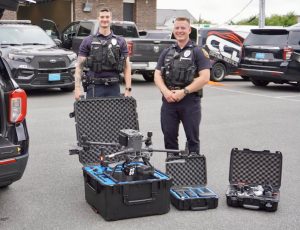



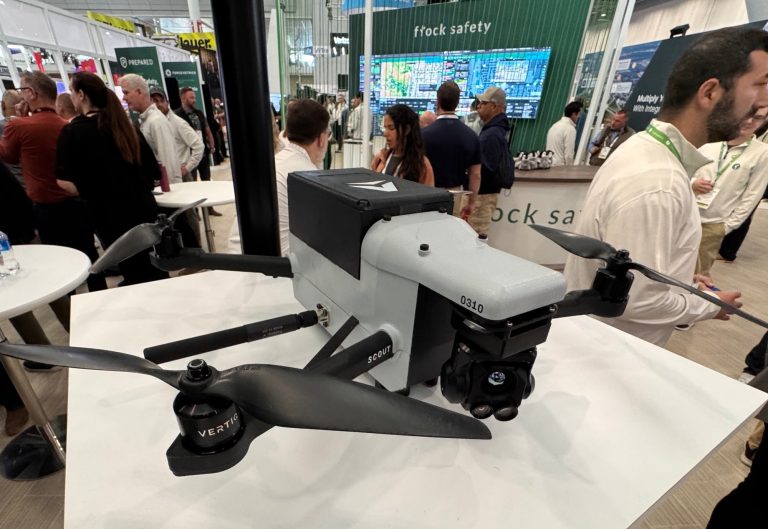

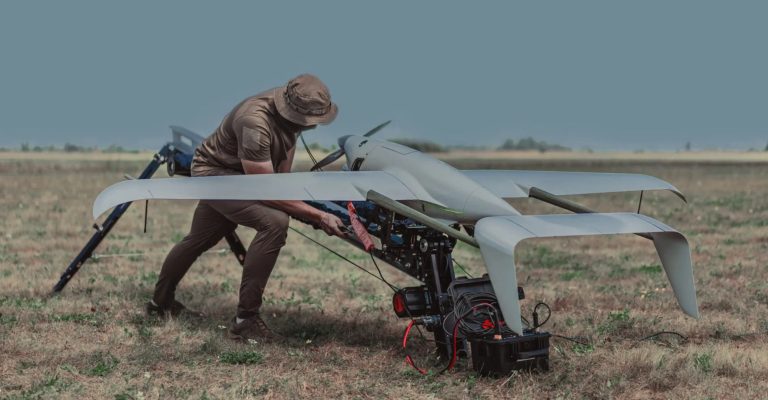

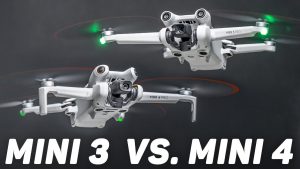
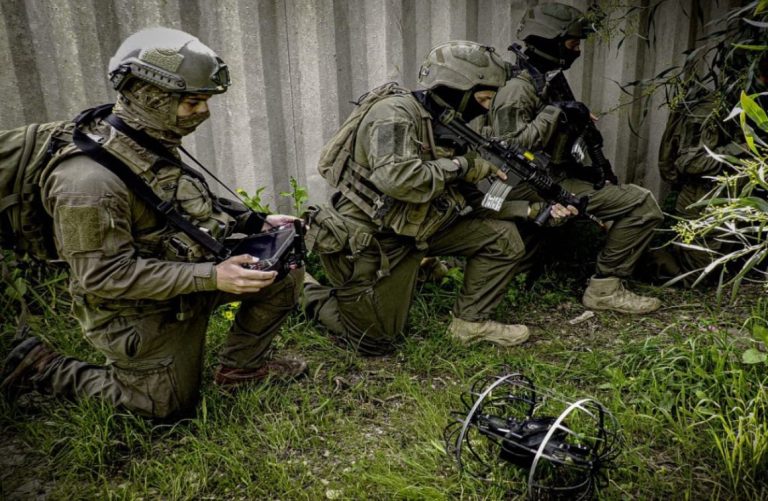
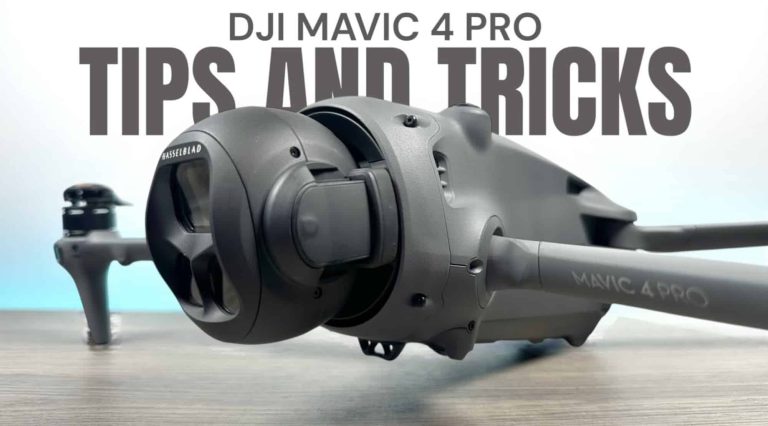
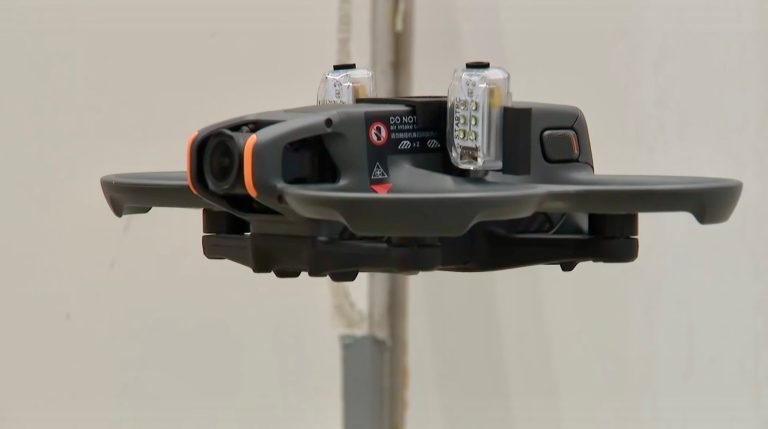
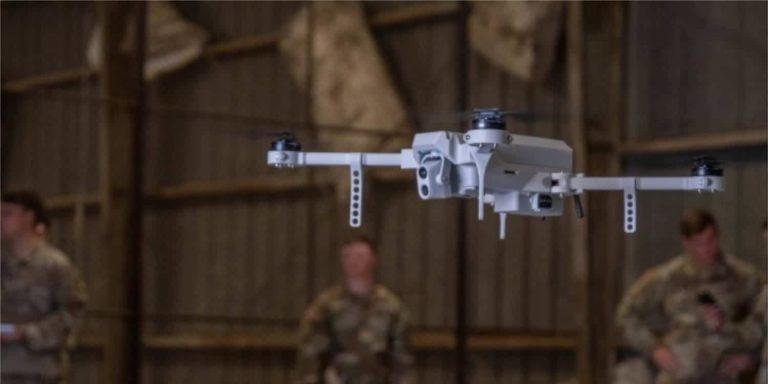
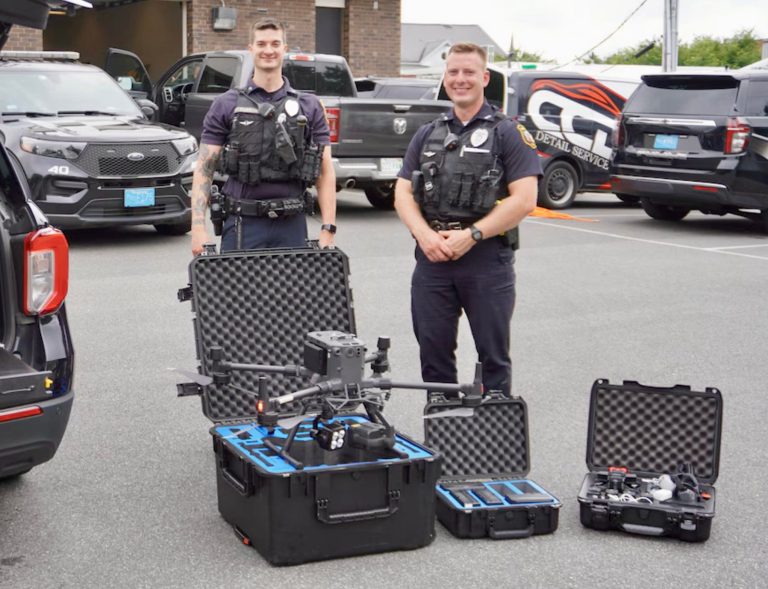
+ There are no comments
Add yours